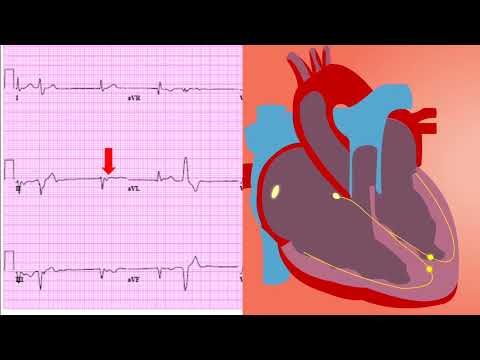🎬 Video Summary
This video provides a comprehensive overview of COPD (chronic obstructive pulmonary disease), explaining how it impacts the lungs and detailing its various symptoms and stages. It’s an essential resource for anyone looking to understand COPD, its progression, and its effects on respiratory health. Learn about chronic obstructive pulmonary disease and how it affects breathing.
🧠Teaching Pearls
- COPD is a progressive lung disease that makes it hard to breathe.
- Understanding the stages of COPD can help in managing the condition effectively.
- Symptoms of COPD include shortness of breath, wheezing, and chronic cough.
- COPD primarily affects the lungs, causing damage to the airways and air sacs.
- Early diagnosis and treatment can slow the progression of COPD.
❓ Frequently Asked Questions
Q: What is the main cause of COPD?
A: The most common cause of COPD is long-term exposure to irritants such as cigarette smoke. Other risk factors include air pollution, occupational dusts, and genetic factors.
Q: How is COPD diagnosed?
A: COPD is usually diagnosed through a lung function test called spirometry, which measures how much air you can inhale and exhale, and how quickly you can exhale.
Q: What are the first signs of COPD?
A: Early signs of COPD can include shortness of breath, especially during physical activity, a chronic cough, wheezing, and increased mucus production.
Q: Can COPD be cured?
A: Currently, there is no cure for COPD. However, treatments can help manage the symptoms, slow the progression of the disease, and improve quality of life.
Q: What is the life expectancy of someone with COPD?
A: Life expectancy with COPD varies depending on the severity of the disease, overall health, and lifestyle factors. Early diagnosis and effective management can improve the prognosis.
Q: What lifestyle changes can help with COPD?
A: Lifestyle changes that can help with COPD include quitting smoking, avoiding exposure to irritants, maintaining a healthy weight, and engaging in regular exercise such as pulmonary rehabilitation.
🧠 Key Takeaways
- 💡 COPD is a chronic lung disease characterized by airflow obstruction.
- 💡 The primary symptoms of COPD include shortness of breath, chronic cough, and increased mucus production.
- 💡 Understanding the different stages of COPD is crucial for effective disease management.
- 💡 Lifestyle changes, such as quitting smoking, are essential for slowing the progression of COPD.
- 💡 Medical treatments, including medications and pulmonary rehabilitation, can help improve the quality of life for individuals with COPD.
🔍 SEO Keywords
COPD, Chronic Obstructive Pulmonary Disease, COPD Symptoms, COPD Stages, Lung Disease, Respiratory Health, Breathing Problems.
“`

